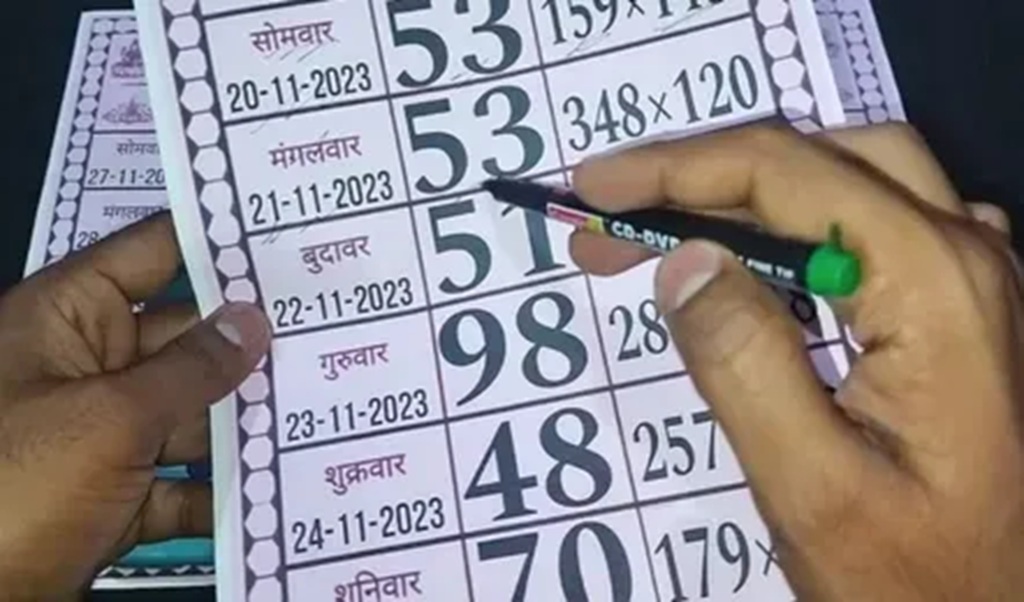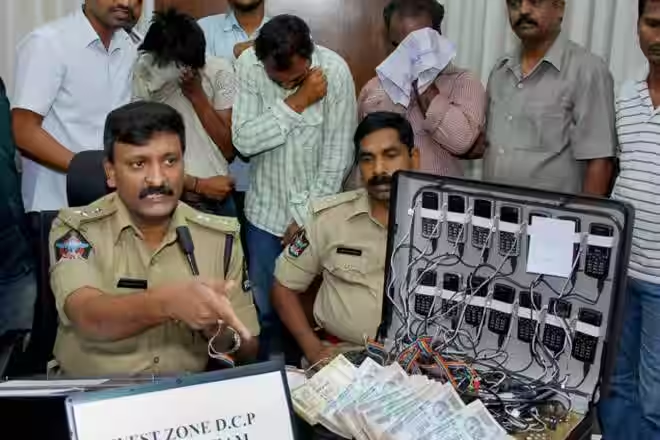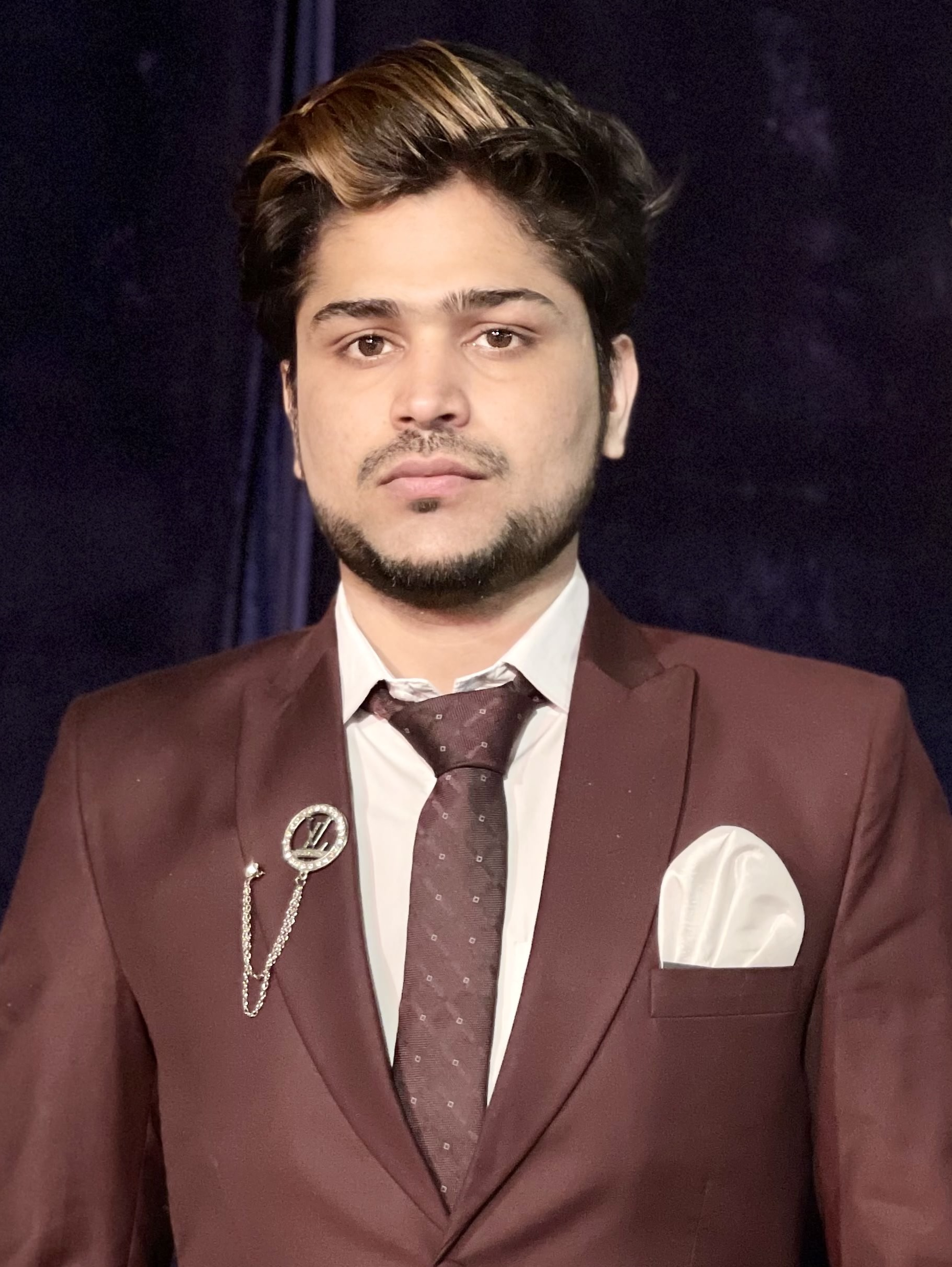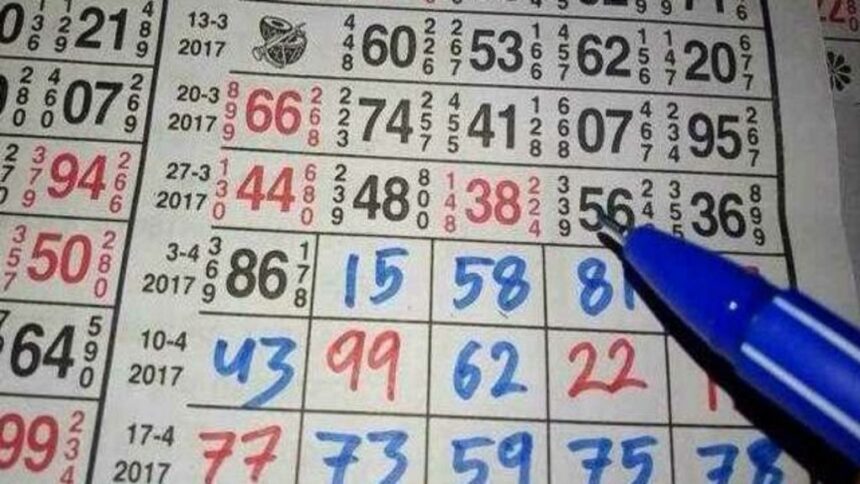Indian Matka, also known as Satta Matka, is a popular form of gambling in India. Originating in the 1950s, it began with bets on cotton rates. The game evolved into a lottery-style system. Numbers from 0 to 9 are drawn randomly, often using cards.
Satta Matka, meaning “betting pot,” became a cultural phenomenon. It’s now largely played online, increasing its reach. Despite being illegal, it attracts millions across India. The thrill of quick wins fuels its popularity. However, this accessibility is driving addiction, especially among youth.
The digital age transformed Satta Matka. From street-based betting, it moved to websites and apps. Platforms like DpBoss and SpBoss offer easy access. Players can bet from smartphones anytime. Online Matka is discreet, bypassing legal restrictions.
This convenience has spiked participation rates. In 2023, over 140 million Indians engaged in online gambling. Major events like the IPL see 370 million users. The anonymity of online platforms lowers inhibitions. Young people, especially, are drawn to instant gratification.
Satta Matka is simple yet enticing. Players choose three numbers between 0 and 9. These numbers are summed, and the second digit is noted. This creates a four-number sequence. Bettors wager on various outcomes, like single or triple digits.
Payouts can be 10 to 100 times the bet. The game’s high stakes promise huge returns. Online systems now use random number generators. This eliminates physical “matka” pots but retains the name. The ease of play fuels repetitive betting.

The Allure of Indian Matka
Indian Matka thrives on the promise of quick wealth. Small bets can yield massive payouts. This appeals to lower-income groups seeking financial escape. The game’s cultural roots add familiarity. Bollywood films often glamorise Satta Matka, normalising it. Social circles discuss strategies, creating a sense of community.
Early wins trigger dopamine rushes, which hooks players. The cycle of chasing losses keeps them engaged. For many, it’s less about money and more about thrill. This psychological pull drives compulsive behavior.
Gambling addiction is a growing concern in India. It’s classified as a psychiatric disorder in the DSM-5. About 1-2% of Western populations face gambling addiction. India lacks precise prevalence data. However, psychiatrists report rising cases.
A 2012 survey found that 79% of Indian psychiatrists see gambling patients. Addiction disrupts personal, family, and financial stability. Symptoms mimic substance abuse, with escalating severity. Psychosomatic issues like cardiovascular problems are common. Depression, anxiety, and substance misuse often co-occur.
Gambling addiction has severe consequences. Financial ruin is rampant, with debts leading to poverty. Some resort to loan sharks or crime. Interpersonal costs include family neglect and domestic violence. Societal impacts are harder to quantify.
Addiction often remains hidden, unlike visible substance abuse. In Telangana, a family died by suicide over a 3 million rupee gambling debt. Such tragedies highlight the stakes. Young men are particularly vulnerable. Addiction affects mental health, causing constant stress and disappointment.

Why Indian Matka Fuels Addiction
Indian Matka’s design promotes addiction. Its fast-paced rounds keep players engaged. Online platforms offer 24/7 access, removing barriers. The game’s high payouts create unrealistic expectations. Small initial wins reinforce betting behaviour.
Losing streaks prompt chasing losses, deepening the cycle. Accessibility via smartphones targets youth. Celebrity endorsements on social media normalise gambling. This false sense of security traps users. The underground nature of Matka evades regulation, worsening risks. Addiction thrives in this unregulated space.
Matka disproportionately affects lower socioeconomic groups. Many see it as a way out of poverty. Limited financial literacy compounds the problem. Rural areas show higher gambling rates. A Goa study found that 45.4% of men gambled yearly.
Work-related stress and tobacco use correlate with gambling. The game’s low entry cost lures the poor. However, losses pile up quickly. This creates a vicious cycle of debt and desperation. Education and awareness are critical to breaking this pattern.
Gambling laws in India are complex. The Public Gambling Act of 1867 bans most gambling. Exceptions include lotteries and horse racing. Satta Matka is illegal nationwide. States like Goa and Sikkim allow regulated casinos.
Maharashtra, a Matka hub, cracked down in the 1990s. Online gambling operates in a grey area. Offshore platforms host illegal apps, evading enforcement. In 2025, 700 offshore betting entities were under scrutiny. Weak legislation and digital anonymity hinder control.

The Role of Technology
Technology amplifies Matka’s reach. Internet penetration in India is soaring. Smartphones are ubiquitous, even in rural areas. Online platforms use AI and chatbots to engage users. Cashless payments make betting seamless.
Cryptocurrency enables cross-border transactions. In 2021, the online gambling market was projected to hit $9.16 billion by 2027.
The freemium model entices new players. Social media ads target vulnerable groups. This tech-driven ecosystem makes quitting harder. Regulation struggles to keep pace.
Satta Matka has deep cultural roots. Ancient texts like the Mahabharata depict gambling. It’s woven into India’s social fabric. Post-independence, Matka reflected economic aspirations. Mumbai’s textile workers were early adopters.
The game’s evolution mirrors India’s modernisation. Its portrayal in media sustains its allure. Despite legal bans, societal acceptance persists. Some view it as harmless fun. Others debate its socioeconomic harms. This duality complicates efforts to curb addiction.
India’s response to gambling addiction is limited. Psychiatry lags in addressing it. A 2012 survey showed that 74% of psychiatrists lacked addiction training. However, most were willing to treat it. Rehab centres like Hope Trust India offer CBT and 12-step programs.
Alpha Healing Centre targets cricket betting addiction. Public health approaches are needed. Primary prevention could educate about risks. Secondary measures include screening. Tertiary efforts focus on treatment. Awareness campaigns are scarce but crucial.

Government and Policy Challenges
The government faces hurdles in curbing online gambling. Illegal apps operate offshore in places like Malta. The illegal betting market sees $100 billion annually. The Directorate General of GST Intelligence targets unlicensed platforms.
However, enforcement is inconsistent. Some states are considering legalising gambling for revenue. This could increase addiction rates. A balanced approach is needed. Stronger laws and public education could mitigate harm. Policy debates continue without clear solutions.
Tackling Matka addiction requires a multi-pronged strategy. Public awareness must highlight gambling’s risks. Schools could teach financial literacy early. Stricter regulation of online platforms is essential. Banning offshore apps could limit access.
Treatment facilities need expansion. Psychiatrists require better training. Community support can reduce stigma. Responsible gambling practices, like betting limits, should be promoted. Technology could aid prevention via app blockers. Collective action is vital to curb this epidemic.
Indian Matka, or Satta Matka, is a cultural and gambling phenomenon. Its online shift has fueled addiction across India. The game’s accessibility and high stakes trap millions. A gambling addiction wreaks havoc on families and finances.
Legal loopholes and technology worsen the crisis. India’s psychiatry and policy frameworks are underprepared. A public health approach is urgent. Education, regulation, and treatment can stem the tide. Without action, Matka’s grip will tighten, endangering more lives.
Trending India News:
Indian Jeweller Mehul Choksi Arrested in Belgium Over US$1.4 Billion Fraud

Salman Ahmad is known for his significant contributions to esteemed publications like the Times of India and the Express Tribune. Salman has carved a niche as a freelance journalist, combining thorough research with engaging reporting.













